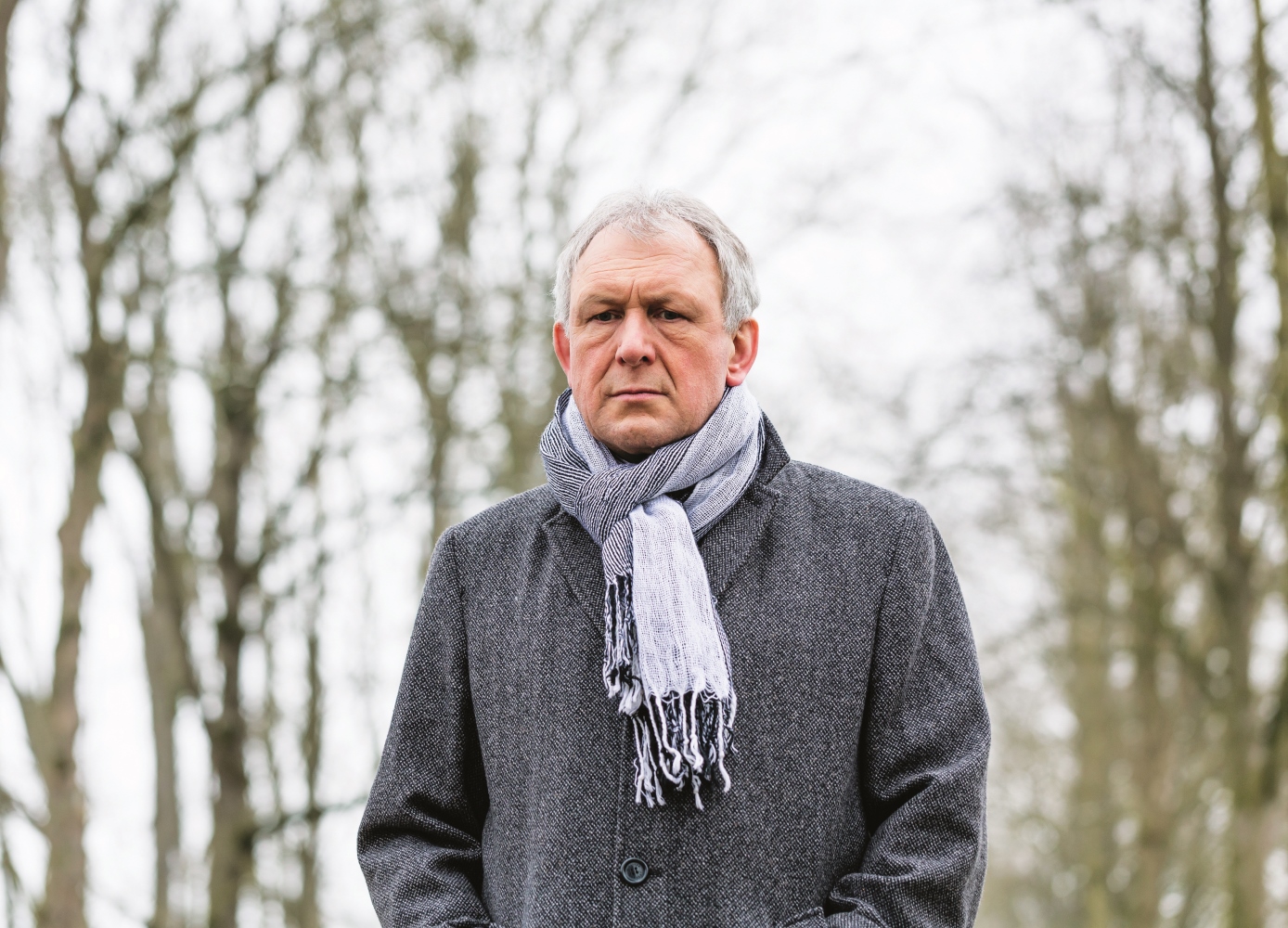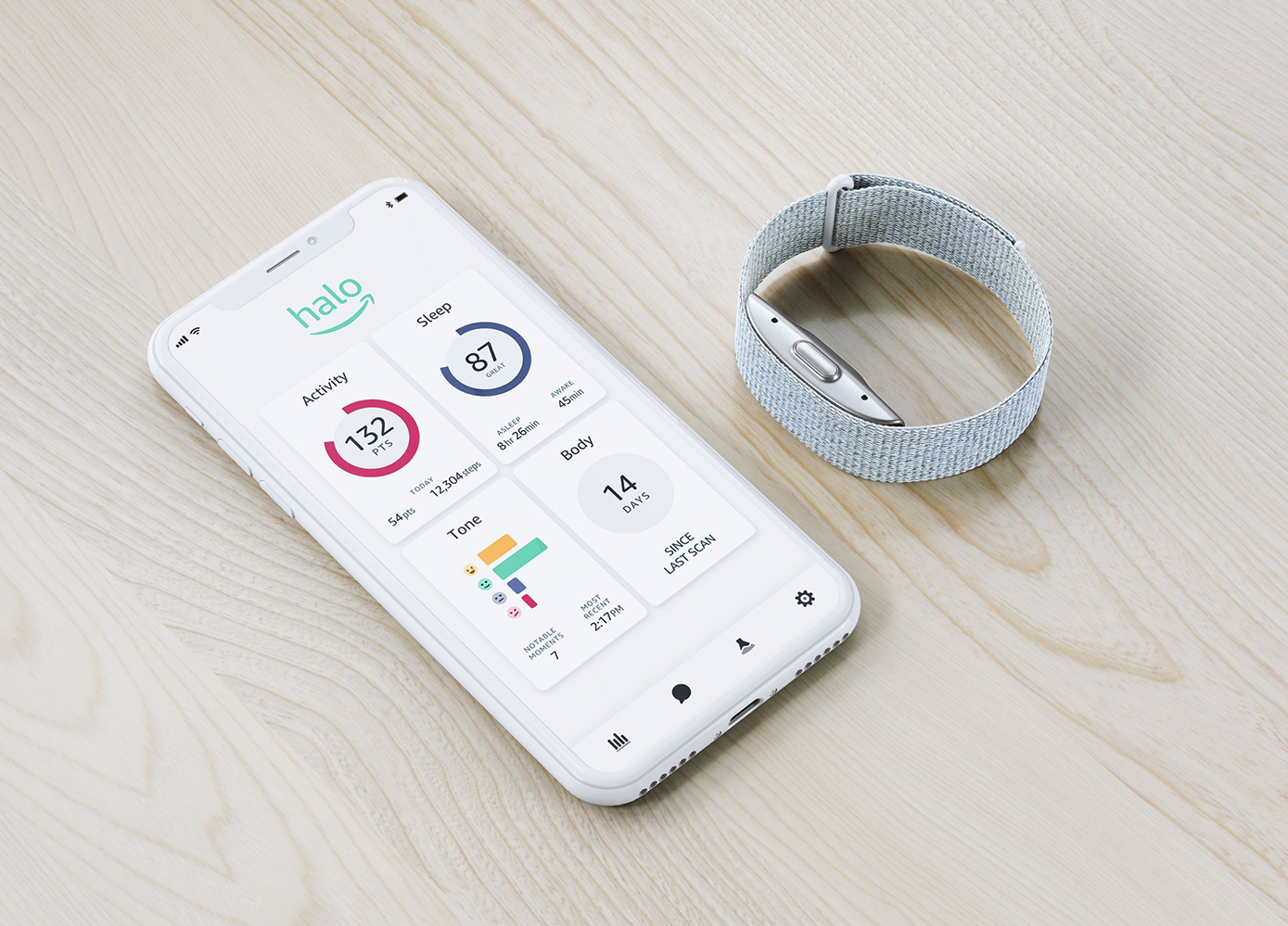The condition known as seasonal affective disorder, or SAD, can make the winter months unbearable, but it can be beaten.
By Wendy Haaf
Photo: iStock/kzenon.
Emmanuel Lopez, now 55, had long suspected that there might be a seasonal pattern to the persistent bouts of low mood he’d been grappling with for decades, but it wasn’t until he returned home to Toronto last winter after visiting relatives in Las Vegas that something clicked.
During the three weeks he was down south, “I felt fantastic, like my old, energized self,” he recalls. Within five days of returning home to short, dreary days, however, “I could feel the depression seeping in. It was gradual, but the heaviness started to return—my limbs felt heavy—along with a sense of hopelessness.”
Convinced now that he’d been misdiagnosed a year earlier as having persistent low-grade depression (dysthymia), Lopez related his tale to the psychiatrist he had begun seeing for counselling. That’s when he was told, “You have seasonal affective disorder.”
Lack of Light
Also known as SAD, seasonal affective disorder is a form of depression that begins to take hold as daylight hours diminish in late fall and lasts until late spring, recurring for at least two years. While it can cause symptoms similar to dysthymia or so-called melancholic depression (such as the hopelessness Lopez mentions), more commonly, the constellation of clues is somewhat different. Rather than the agitation, irritability, insomnia, and loss of appetite that more typically herald other forms of depression, “in seasonal affective disorder, most people would have what we call reversed shift—they tend to sleep more and eat more,” says Dr. Adam Abba-Aji, an assistant clinical professor in the psychiatry department of the University of Alberta’s School of Medicine & Dentistry and the director of the Mood and Anxiety Disorders program at the University of Alberta Hospital in Edmonton.
“Often, people with seasonal depression are not really sad and blue,” says Dr. Robert Levitan, a psychiatrist and senior scientist with the Campbell Family Mental Health Research Institute at Toronto’s Centre for Addiction and Mental Health. Instead, “they report just a flatness of mood and energy. They just withdraw—nothing interests them. It’s as if they’re walking around half-asleep.”
On the other hand, SAD can be associated with intense sadness and even suicidal thoughts, Abba-Aji says. And as with other forms of depression, people with the condition sometimes try to cope with these feelings by self-medicating with substances such as alcohol.
In true SAD, which affects an estimated three per cent of Canadians, the condition is debilitating enough to impair one’s ability to function normally from day to day. However, according to the Canadian Mental Health Association, another 15 per cent of our country’s population experiences similar, if somewhat milder, symptoms.
Factors that increase the likelihood for SAD include having an affected family member and being female (it’s about four times more common among women than among men), but other factors, such as stress and hormonal changes, may also play a role in those who are susceptible. As for age, while some experts believe that the prevalence of SAD declines after 50, others, including Abba-Aji, believe risk may actually increase due to social and health circumstances that are more common among older people, which we’ll get to in a moment. In truth, “there’s not a lot of good data,” says Dr. Raymond Lam, the director of the Mood Disorders Centre of Excellence at the Vancouver Coastal Health Research Institute’s Djavad Mowafaghian Centre for Brain Health and a professor at and head of University of British Columbia’s Mood and Anxiety Disorders program.
Sunlight—or rather, the lack of it—is another risk factor, since prevalence seems to be lowest near the equator, rising in tandem with northern latitude. (The farther north you go, the fewer the number of daylight hours in winter, due to the way the Earth is tilted on its axis. And before you ask about southern latitudes, a quick check of an atlas reveals that almost no humans live as far south of the equator as Canada is north of it.) In fact, the person who first recognized SAD—psychiatrist and researcher Dr. Norman Rosenthal—ultimately did so after being inspired to explore why he and his wife had experienced a slump in mood and energy following a move from South Africa to New York, explains Sherri Melrose, an associate professor at the Centre for Nursing and Health Studies at Athabasca University in Alberta.
This is where the social and health factors cited by Abba-Aji as being more common among older people may come in, such as mobility and health problems that can interfere with getting outdoors during winter.
But why or how would a decrease in sunlight trigger depression? “There are two major theories,” Lam explains. One: People who are prone to SAD may have a problem with the biological clock in the brain, so they need a larger dose of light via the eyes to keep it properly synchronized. Among other things, this internal timepiece regulates our sleep/wake cycle and its rhythms are often altered in people with SAD and other mood disorders. Two: Light directly affects levels of the same chemical messengers in the brain that are influenced by antidepressant medications, such as serotonin and dopamine. “Some studies, including in our lab, have shown this more direct effect of light on these neurotransmitters,” Lam says.
The good news is that the gap in our understanding of the precise mechanisms underlying the condition doesn’t mean that we don’t have effective treatments; in fact, we do, including some of those used to treat other types of depression.
Treatment
What should you do if you suspect you might have SAD? First, it’s worth seeing your family physician or nurse practitioner to rule out other conditions with symptoms that can mimic those of depression, such as an underactive
thyroid. Melrose also suggests re–viewing not just all of the prescribed and over-the-counter medications and supplements that you take regularly, but also any herbal and alternative products, such as traditional Chinese medicines and teas, with a health professional such as a pharmacist. For example, some preparations might contain melatonin, a hormone that can cause sleepiness and which already may be overly abundant in people with SAD, she notes.
If, based on your history and symptoms, your caregiver suspects you have SAD, you can discuss treatments, which range from biological to psychological and even social.
On the biological front, regular, carefully timed daily exposure to a specific type and strength of artificial UV-filtered light (illuminance of 10,000 lux) offers substantial relief to roughly 60 to 70 per cent of people with SAD. In fact, the Toronto Public Library’s Brentwood branch last year installed light-therapy lamps specifically intended for patrons with SAD. (Interestingly, some evidence suggests light therapy may help other forms of depression, as well.) Light-therapy devices can be purchased without prescription from outlets such as pharmacies and Amazon, with mid-priced versions costing between $80 and $150, but be sure to read the fine print: for instance, some cheaper models deliver the desired dose only if you’re sitting (eyes open, but not looking directly at the light) within 15 centimetres (six inches). And avoid lights intended for plants, which emit levels of ultraviolet light that can harm your eyes.
Levitan recommends undergoing your first session under supervision, since light therapy can sometimes cause side effects. For example, in someone with undiagnosed bipolar disorder, it can trigger a condition called hypomania, which can be dangerous and include such symptoms as hyperactivity and insomnia. “Light therapy is not completely innocuous,” he stresses. (You can find more detailed information on light therapy, including instructions on using it, at sad.psychiatry.ubc.ca.)
Two established treatments for other forms of depression—antidepressant medications (in particular a class known as SSRIs) and cognitive behavioural therapy (CBT) “also seem to be effective for seasonal depression,” Lam says. (CBT is a focused time-limited type of therapy aimed at breaking thought patterns that help drive depressive symptoms. You may be able to find classes in your area through your local Canadian Mental Health Association office.) Two things worth noting about SSRIs are that while some people find them very useful, it takes time to find out if you’ll respond, and that stopping them, even by
gradually tapering the dose, can cause unpleasant symptoms such as agitation, insomnia, and dizziness.
Activities that incorporate moderately strenuous physical movement (ideally outdoors) and a social component—such as community exercise groups and classes—can also aid in raising your spirits and obtaining at least 30 minutes of sunlight exposure each day. According to Melrose, the feeling of semi-obligation that comes with scheduled groups may help overcome the inertia that goes hand in hand with SAD. “When you’re dealing with depression, the energy to get up and do anything is just not there,” she observes. “You don’t have to run—
you can walk,” Abba-Aji emphasizes. “These simple, practical things can improve one’s symptoms and reduce the chance of developing the disorder.”
“I’m not sure light therapy helped me as much as my daily walks and just getting out and pushing myself to do errands,” Emmanuel Lopez says. (He adds that the 15-week group cognitive behavioural program he attended prior to being properly diagnosed was “fantastic.”) Other strategies he’s incorporated into his regular self-care routine after trial and error include sitting near windows whenever possible, situating Himalayan salt lamps in his workspace (carved from pink Himalayan salt, these decorative lamps are believed by some to boost mood; there’s no scientific evidence they help SAD, Lopez notes, but he finds their warm colourful glow cheering nonetheless), and reaching out to others with SAD online via Facebook groups (see “Resources” sidebar). In addition, he’s trying to raise awareness about seasonal depression through public speaking and to inspire peers with the condition via social media. (His Instagram handle is motivatorman1.) “Helping other people and using my creative abilities,” Lopez says, “helps me cope with SAD.”




